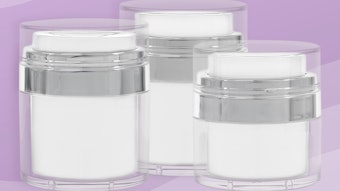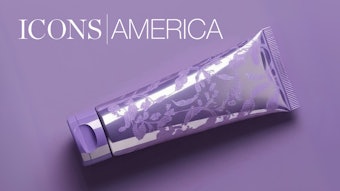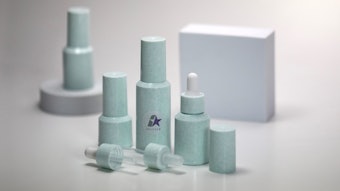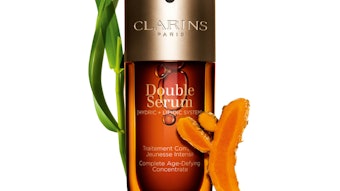To its credit, Wal-Mart has not worked alone to establish its sustainability guidelines. Each network has a core group of Wal-Mart employees as well as government and nongovernment representatives. Of particular interest to beauty and personal care suppliers, the packaging value network focuses on materials used on products that come into the store. As many as 200 brand owner and packaging supplier representatives attended packaging value network meetings in Bentonville in 2006.
Last September, Wal-Mart made public its plan to reduce packaging 5% across its global supply chain by 2013, and introduced its Packaging Scorecard to suppliers in an address at Pack Expo on Nov 1, 2006. At that time, the scorecard was made available to more than 2,000 of Wal-Mart’s private label suppliers.
Wal-Mart’s global chain of more than 60,000 suppliers will have access to the scorecard beginning on February 1, and will have until February 1, 2008, to input relevant data. On that date, Wal-Mart buyers will begin using the scorecard to measure and recognize its entire supply chain based on each company’s ability to use less packaging, utilize more effective materials in packaging and source these materials more efficiently relative to other suppliers, according to the company.
The scale of the task ahead for brand owners was articulated for GCI magazine editors by Ronald D. Sasine, vice president of business development for AGI/Klearfold, part of the global packaging company MeadWestvaco. Sasine, who has participated in the packaging value network meetings in Bentonville, paid a visit to GCI headquarters late last year as part of his mission to get the word out to packaging designers and brand managers about what will have to be accomplished in the one-year period between Feb. 1, 2007, and Feb. 1, 2008.
It is in brand owners’ best interest to start talking now about how they will gather packaging data from wherever it currently resides and get it into the Wal-Mart scorecard system. “Brand managers should look at the number of brands they have in their Wal-Mart portfolios and divide that by the number of working days (in the deadline),” said Sasine.
Several factors contribute to a special urgency for health and beauty product brand owners, said Sasine, making it imperative that they not let the process get away from them. Health and beauty products are packaging intensive, and packaging often comprises several components plus secondary packaging and shipping materials. Each component must be analyzed and recorded in the scorecard.
“Add to that the heavy rotation of SKUs for beauty products and the work load will be substantial. Everyone will uncover something that is a concern,” said Sasine.
When GCI magazine surveyed readers on their awareness of the packaging scorecard shortly after Sasine’s visit, 80% of respondents said they were aware of Wal-Mart’s initiative, yet only 20% of that 80% said they had done anything about the scorecard at that point.
The importance of packaging notwithstanding, GCI magazine editors and contributors have much more on their minds—and this issue is proof of that. Skin care continues to dominate beauty sales, and so we take and in-depth look at antiaging and skin care in our Global Report. In our cover story, Briony Davies of Euromonitor brings the Asia-Pacific marketplace into sharp focus, including the current state of skin care sales in the region.









